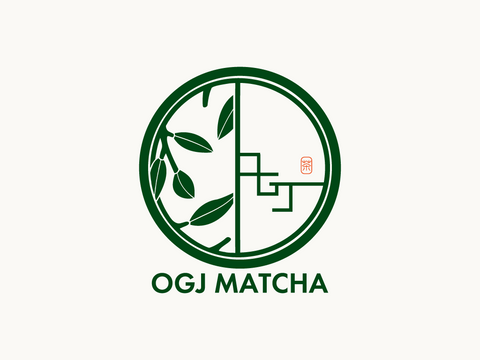Matcha-Producing Regions in Japan: Kyoto, Shizuoka, Aichi, and More

Japan's matcha culture has a long history, with each region developing its own unique characteristics. This article introduces the distinctive features of Kyoto (Uji), Shizuoka (Asahina), and Aichi (Nishio), which are among the most renowned matcha-producing areas.

Kyoto (Uji): A Symbol of Tradition and Quality
Uji is one of Japan's most famous regions for high-quality matcha. Tea was introduced to Japan in the 12th century by the Zen monk Eisai, and Uji soon became a central hub for tea cultivation. Uji matcha is highly esteemed for its rich history and traditional craftsmanship.
Characteristics
-
Flavor: A harmonious balance of umami, sweetness, astringency, and bitterness
-
Aroma: Delicate and refined
-
Composition: Rich in L-theanine, which enhances umami flavor
Thanks to centuries of expertise and rigorous quality control, Uji matcha is highly valued both in Japan and internationally.
Aichi (Nishio): One of Japan’s Leading Matcha-Producing Regions
Nishio City accounts for approximately 20% of Japan's total matcha production, making it one of the country’s most significant matcha-producing areas. Nishio matcha is cultivated in a warm climate with fertile soil, resulting in a rich, full-bodied flavor with natural sweetness.
Characteristics
-
Production: Approximately 20% of Japan’s total matcha production
-
Flavor: Rich and full-bodied with natural sweetness
-
Background: The warm climate and fertile soil create ideal conditions for matcha cultivation
"Nishio Matcha" was officially recognized as a regional brand (Regional Collective Trademark) by the Japan Patent Office on February 20, 2009.
Shizuoka (Asahina): A Renowned Producer of High-Quality Gyokuro
Shizuoka Prefecture is Japan’s largest tea-producing region, and the Asahina district is particularly known for its high-quality gyokuro. The tencha (tea leaves used to make matcha) from this region is also highly regarded, frequently winning awards at national tea competitions.
Characteristics
-
Quality: Recipient of numerous awards at national tea competitions
-
Flavor: Mild and refined
-
History: Tea cultivation in the region dates back to the Muromachi period (1336–1573)
Shizuoka’s favorable climate and long-standing tea cultivation techniques support the production of premium matcha.

Conclusion
Japanese matcha varies in character depending on regional climate, soil conditions, and traditional techniques.
-
Uji Matcha: A symbol of tradition and excellence, representing Japan’s finest matcha
-
Nishio Matcha: One of Japan’s leading matcha-producing regions, known for its rich and full-bodied flavor
-
Asahina Matcha: A high-quality gyokuro-producing region, offering a mild and refined taste
By understanding the characteristics of each region, you can deepen your appreciation of matcha and enjoy its unique qualities. Be sure to explore the diverse flavors of matcha from different regions of Japan and savor its richness.
